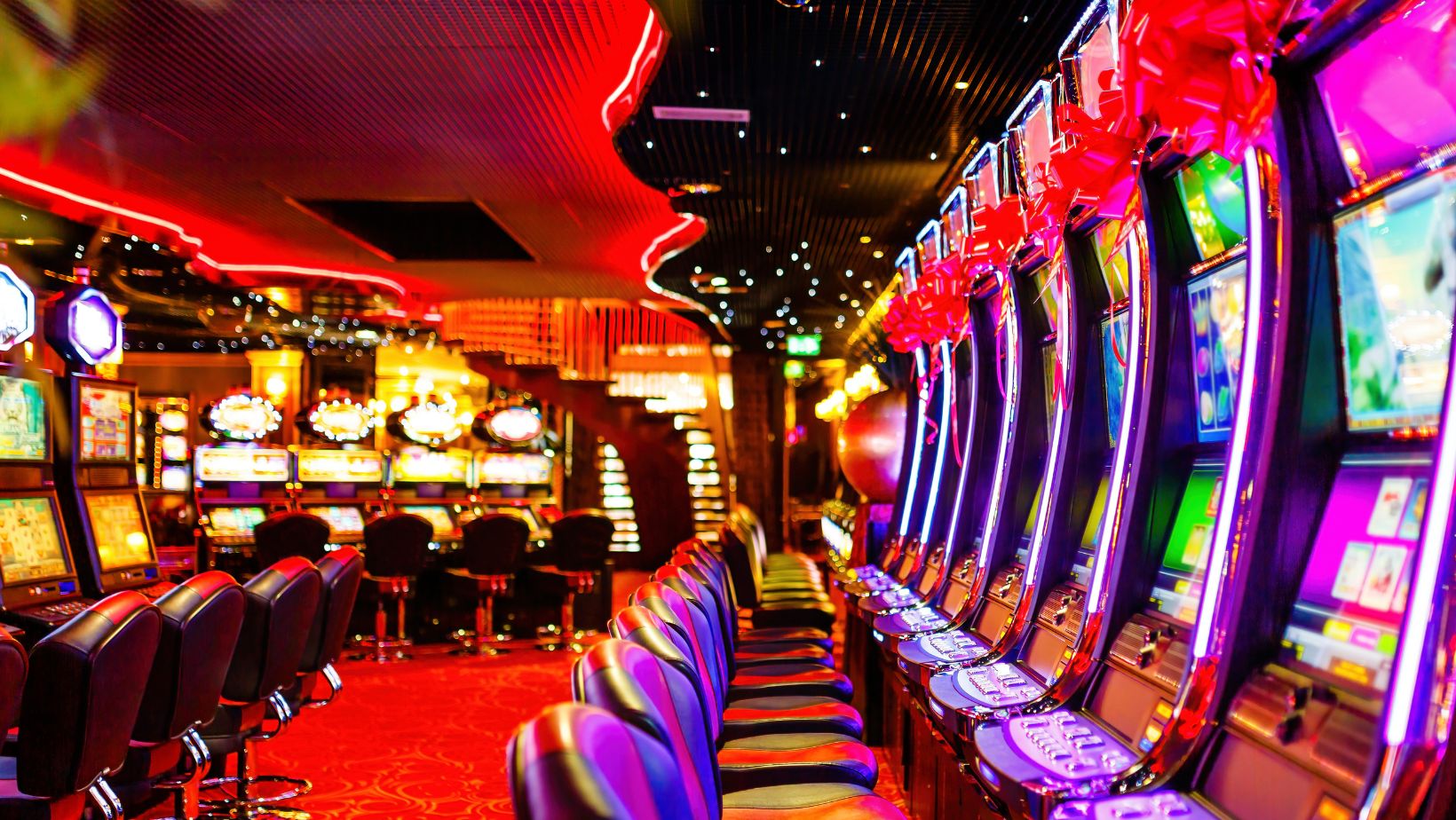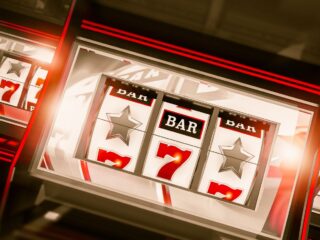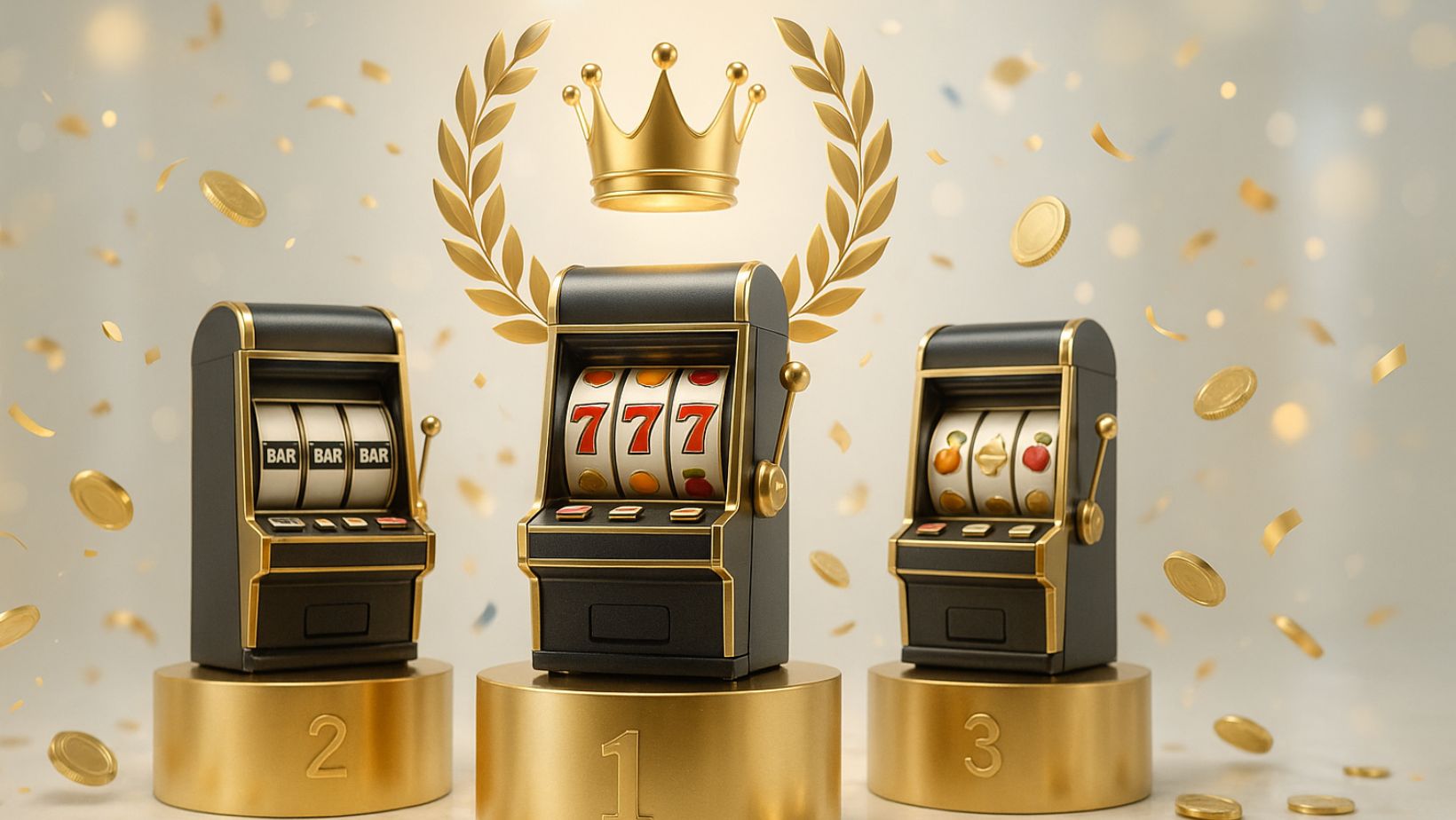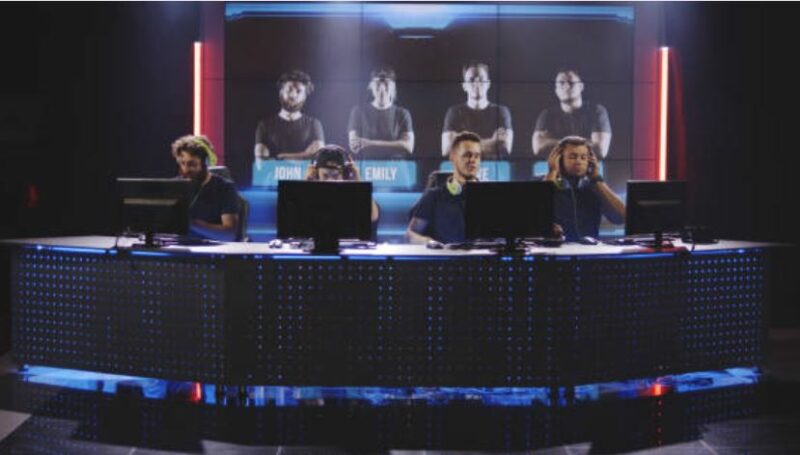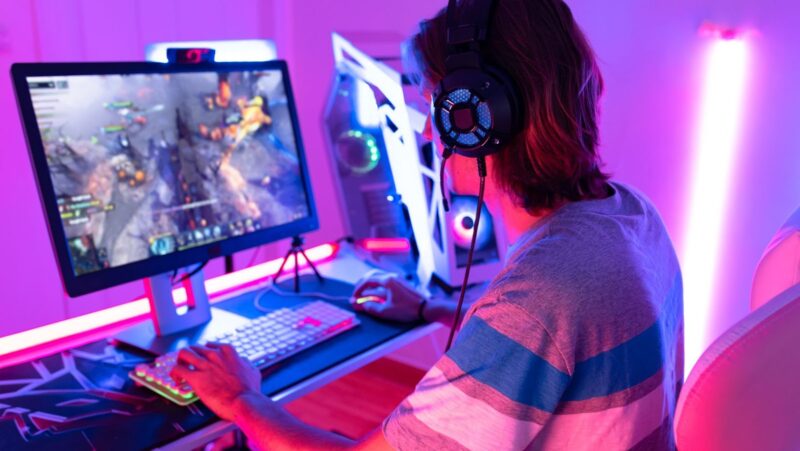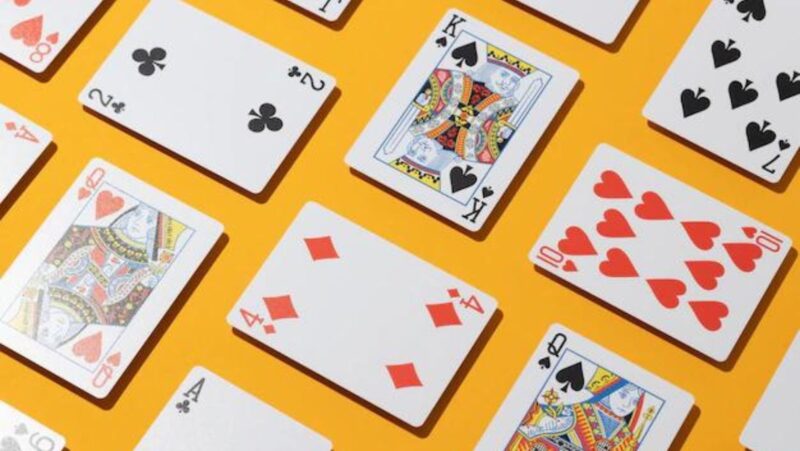
Most card games have a few types of cards, such as resource cards in Dominion, or the ability to gain points/money/etc. in Settlers of Catan. A new trend has emerged with newer card games that have lots of different types of cards within a single game: Madlibs, Alias/Word-Salad, and Cards Against Humanity.
Each of these games have a few core card types, but each has a vast array of other types that work in conjunction with the main type(s). What follows is a list of some common core card types in most modern card games, and an explanation on how they work. These definitions are purposefully vague to encompass the spectrum of games in this category.
How to add blank cards to xyzzy
To add a blank card to xyzzy, write anything on the blank card that you want. For instance, you can write “i hate this game” on it. Then play the game like normal until one of two things happen: 1) You draw a green card, or 2) You draw a face-up green/red/purple triangle card. If you draw a face-up green triangle card, play continues normally. If you draw a red or purple triangle, shout “ERROR ERROR” and slam the deck onto the table with all cards on top of each other. If you draw a green card, the player on your left must take the blank card and play it immediately in front of themself. If there are no face-up cards present, place the blank card down with all the other cards.
What is a Resource Card?
Resource Cards are cards that have an effect, and also give a player a resource of some sort. An obvious example would be playing a card that says “+1 Wool”, or “+3 Wood”. This would then provide the player with one wool, or three wood tokens respectively. Other common resources include money (from Monopoly), points (from Ticket to Ride) , ore/brick/cloth/grain (from Settlers of Catan), or some combination thereof.
Exchanging cards with the xyzzy deck for 5 minutes
To exchange cards with the xyzzy deck for 5 minutes, take both decks out of their card sleeves and place them on the table in front of you. Shuffle each half separately, making sure not to mix the two halves together. Each player should then take one half of the deck, and shuffle it.
Now each player takes 10 cards from their deck, holds them face down in front of them, and places them on top of the other deck in an alternating pattern (first card face up, second card face-down, third card face up, fourth card face-down, etc.). Repeat this step until all of the cards are laid out.
Now each player flips over the top 5 cards of their deck. These will be cards that people can get at any point in the game.
Afterwards, players turn over the next 10 cards (the ones underneath the top 5 cards). These will be cards that players can only get by exchanging cards with the xyzzy deck.
Now each player flips over the last 10 cards (the ones beneath the second group of 10 cards) and then shuffle all 24 face-up/face-down piles together into one big pile. Each player draws 5 cards, and then play begins.
For the sake of time, players may want to simply draw 5 cards from their deck in a clockwise fashion after shuffling. If a player has less than 5 cards in their hand at the end of each turn, they must draw until they have 5 cards again.
Conclusion
There are lots of types of cards in modern card games, and each game has its own specific subset. While most people may have heard of some of these types, not everyone knows about all the different kinds. Hopefully this article will teach you something new!


